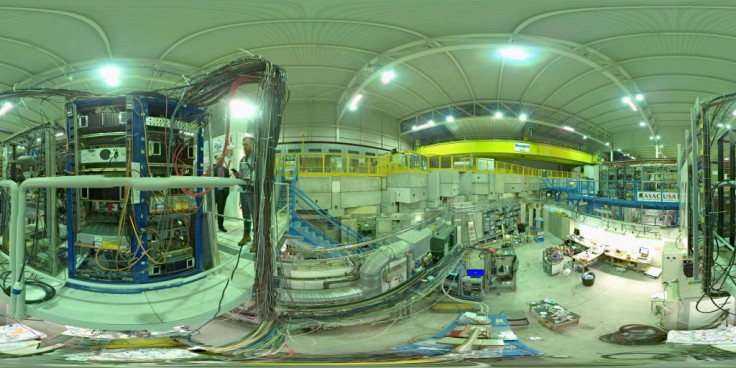Most Precise Antimatter Measurement Deepens Mystery of Universe’s Existence

For years, scientists have been puzzled by the imbalance between matter and antimatter, the mirror image of matter with an opposite charge.
According to the laws of physics, events of the big-bang 13.8 billion years ago should have resulted in an equal amount of both, which should have met and annihilated each other leaving nothing but leftover energy from the process.
Yet, here we are. Matter dominates and exists all around, consisting of our universe and everything we see around, while antimatter is nowhere to be found.
To understand this discrepancy and solve the mystery of our existence, a group of physicists forged an atom of "antihydrogen" in an underground particle and took its most precise observation yet. They expected some answers from the experiment but the findings are making things even more complicated.
"What we're looking for is (to see) if hydrogen in matter and antihydrogen in antimatter behave in the same way," Jeffrey Hangst of the ALPHA experiment at the European Organization for Nuclear Research (CERN), said in a statement.
Even a tiny bit of difference between the two would have helped scientists explain the imbalance between matter and antimatter, but they both behaved identically to an incredibly high-degree of precision, Phys.org reported.
First, the scientists created antihydrogen atoms by mixing antiprotons with positrons (antimatter of electron) and contained them in a magnetic trap to prevent self-annihilation by coming in contact with matter.
Then, they measured the frequency of light absorbed by some 15,000 antihydrogen atoms as they move from a low to a high-energy state. The result matched with that of their hydrogen counterparts. The high-precision experiment, as the scientists said, was conducted with an error margin of just two parts per trillion, which is much lower than the previous four per 10,000. However, they didn’t notice any deviation to explain the presence of matter all around us and absence of antimatter. That said, the team now hopes to expand this work with higher levels of precision to find even minute differences.
"Although the precision still falls short for that of ordinary hydrogen, the rapid progress made by ALPHA suggests hydrogen-like precision in antihydrogen (measurements)... are now within reach," Hangst added.
One possible theory explaining the absence of antimatter is that of neutrinos, the ghostly particle which may acts as its own antiparticle, holding the ability to produce matter as well as antimatter version of itself. Scientist think these particles may have decayed asymmetrically soon after the Big Bang, producing most of the matter we see today instead of its twin. Experiments are already underway to see if the idea is true.
The latest high-precision antimatter measurements were detailed in a paper titled “Characterization of the 1S–2S transition in antihydrogen” published in journal Nature on April 4.
© Copyright IBTimes 2024. All rights reserved.





















